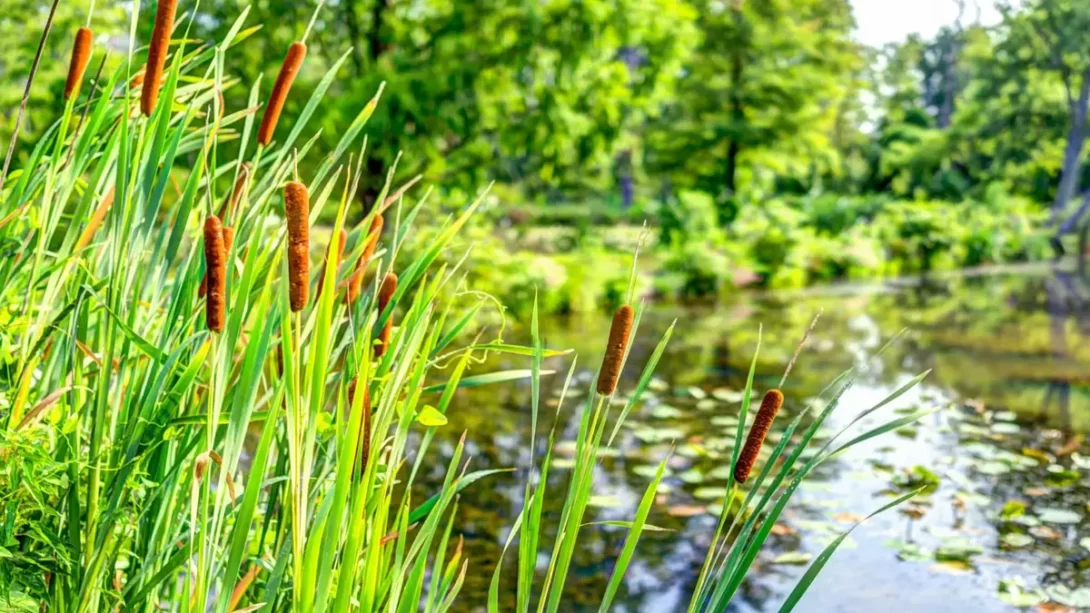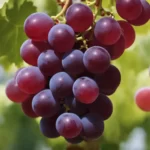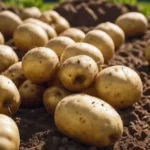Cattails, with their distinctive brown cigar-shaped heads, are a familiar sight in wetlands and along water bodies. Beyond their ecological importance, cattails are also popular in floral arrangements and rustic crafts for their unique texture and natural aesthetic. Preserving cattails effectively is key to maintaining their beauty and structural integrity for long-term use in decorations and crafts. This guide outlines various methods to preserve cattails, ensuring they remain a striking addition to your décor or projects.
Identifying and Harvesting Cattails
To begin, it’s important to identify and harvest cattails at the right time for optimal preservation. Mature cattails, typically found in late summer to early fall, are best for harvesting. Look for firm, brown heads that are not shedding their seeds. When harvesting, use sharp scissors or a knife to cut the stems at the desired length. Remember to harvest responsibly, taking only what you need and leaving enough behind for the ecosystem. Harvesting in the morning when plants are dry helps prevent the spread of plant diseases.
Preparing Cattails for Preservation
Once harvested, preparation is crucial for successful preservation. First, gently shake the cattails to remove any loose seeds or debris. Rinse them under a soft stream of water if necessary. It’s important to dry them thoroughly; pat the stems and heads with a towel and then allow them to air dry completely to prevent mold growth. Removing excess moisture is vital before proceeding with any preservation method.
Preservation Methods
Drying Method
The most natural method to preserve cattails is air-drying. To do this, tie the stems together and hang them upside down in a warm, dry, and well-ventilated space out of direct sunlight. Drying may take several weeks, depending on humidity levels. During this process, the cattails should retain their shape and color. Gently handling them can help prevent the heads from shedding seeds.
Glycerin Preservation Method
Glycerin preservation enhances the flexibility and color of cattails. Prepare a solution of one-part glycerin to two parts warm water. Submerge the cattail stems in this solution, ensuring the heads are fully immersed. Leave them for two to three weeks, allowing the glycerin to be absorbed. This method can give the cattails a slightly different texture and color, often making them more pliable and enhancing their natural hue.
Hairspray Method
A quick and convenient method for preserving cattails is using hairspray. This method is best for cattails that have already been air-dried. To begin, place the cattails on a protective surface or newspaper. Hold a can of hairspray about six inches away from the cattails and lightly coat them with a fine mist. Allow the hairspray to dry completely. This method helps in keeping the seeds intact and prevents shedding. Be sure to use an unscented and clear hairspray to avoid altering the natural appearance of the cattails.
Post-Preservation Handling and Storage
After preserving your cattails, proper handling and storage are essential to maintain their quality. Handle the cattails gently to avoid breaking or shedding. When not in use, store them in a cool, dry place away from direct sunlight, as prolonged exposure can fade their color. If possible, wrap them loosely in paper or store them in a cardboard box to protect them from dust and moisture. This will help keep your preserved cattails in good condition for a longer time.
Creative Uses for Preserved Cattails
Preserved cattails can be used in a variety of creative ways. They make beautiful additions to dried floral arrangements, bringing a touch of natural elegance. You can also use them in wreaths, wall hangings, or as part of a centerpiece. Mixing preserved cattails with other dried plants and flowers can create a rustic and appealing aesthetic. For a festive look, consider adding ribbon or string lights. Remember, preserved cattails can be fragile, so handle them with care during crafting.
Conclusion
Preserving cattails is a delightful way to extend the life of these unique wetland plants, making them a lasting part of your home décor or craft projects. Whether you choose the natural air-drying method, the glycerin technique for enhanced flexibility and color, or the quick and easy hairspray method, each approach offers its own benefits and aesthetic qualities. By following the steps outlined in this guide, you can successfully preserve cattails and maintain their beauty for an extended period.
The versatility of preserved cattails in various creative endeavors is truly remarkable. They can add a rustic charm to floral arrangements, wreaths, and other decorative crafts. Their natural elegance makes them a wonderful complement to a range of styles and settings. As you experiment with incorporating preserved cattails into your projects, you’ll find they bring a unique and natural touch that enhances the overall aesthetic.
Remember, the key to successful preservation is careful harvesting, proper preparation, and gentle handling. With patience and attention to detail, you can turn these common wetland plants into beautiful, lasting elements for your home and craft creations. So, gather some cattails and start exploring the many ways you can incorporate these fascinating plants into your decorative repertoire. Happy crafting!




